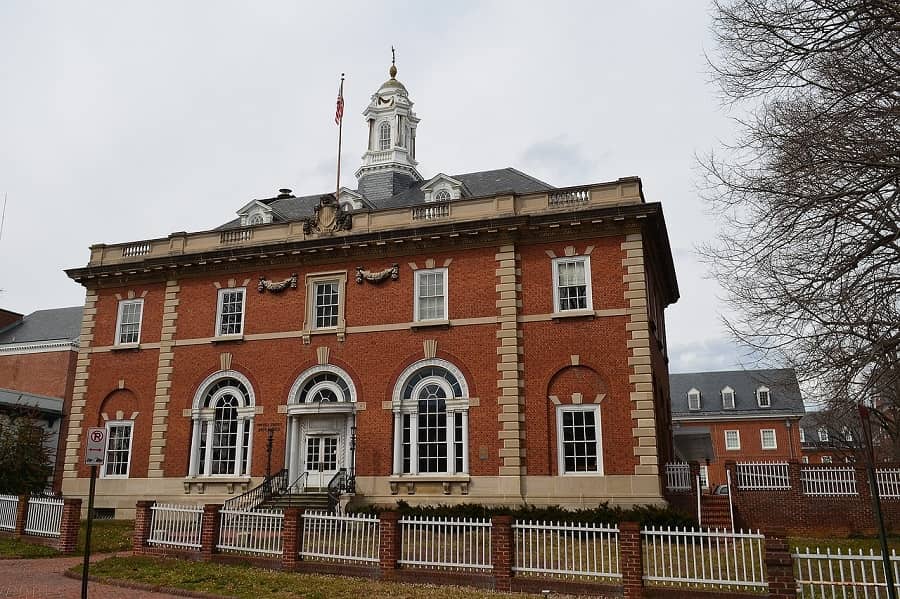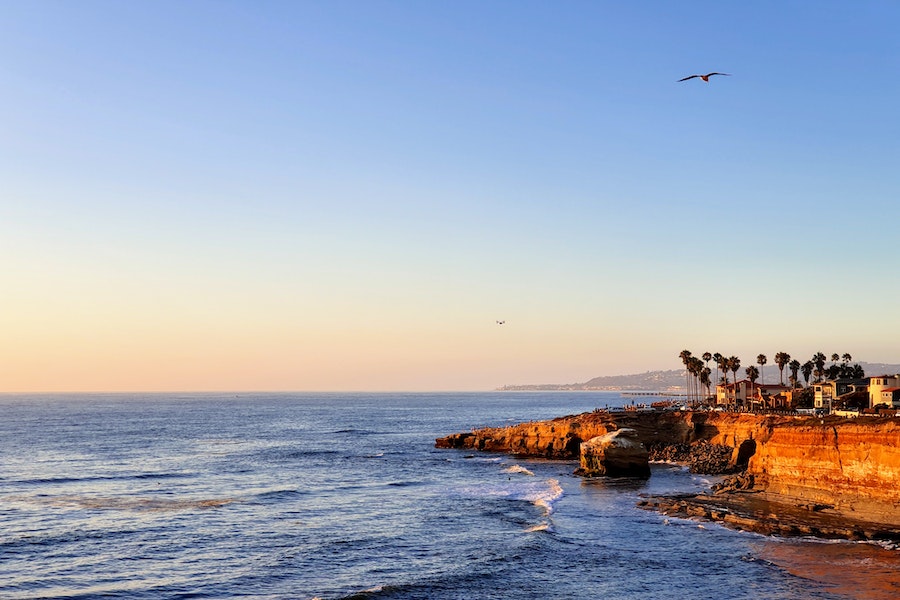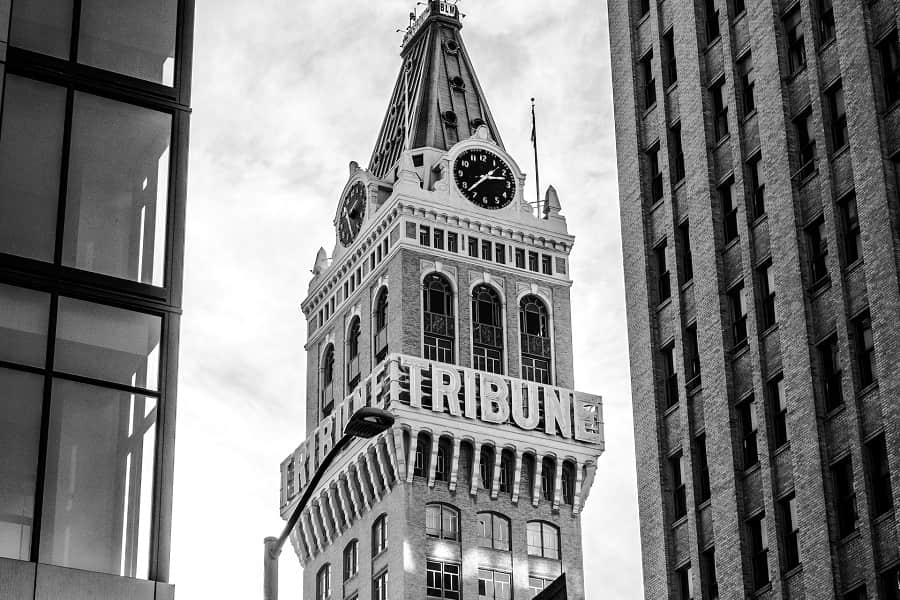Annapolis is a city that offers an abundance of historical attractions. Not only is it home to many prominent buildings, but it is also known for its connection to the water. In fact, it is located right on the Chesapeake Bay. Whether you’re interested in a tour, a cruise, or a stroll, there is something for everyone.
Annapolis is home to the Maryland State House, one of the oldest state houses in the country. The house is open to the public every day from 8:30 a.m. to 5 p.m. You can learn all about the history of this building from a guide at the visitor’s center.
Another important historical site in Annapolis is the William Paca House. It is located on two acres of formal gardens. This property offers a glimpse into the life of the upper class during the American Revolution. Aside from the mansion, the property features a summer house and a two-acre garden.
For a more comprehensive look at the area’s history, take a guided tour of the historic district. Visitors can choose from a wide range of tours, which focus on architecture, history, and African-American culture.
One of the most famous sites in Annapolis is the African American Heritage Memorial. Each year, over 1 million people visit this site. Many of the sculptures in the memorial honor the lives of enslaved people.
Another great place to explore is the City Dock. This is a quaint part of town where you can see many lavish boats and beautiful views of the harbor.
Quiet Waters Park
Quiet Waters Park is a 340-acre park in eastern Anne Arundel County, Maryland. The park is located near the South River and Harness Creek. It is one of the most popular outdoor destinations in Annapolis.
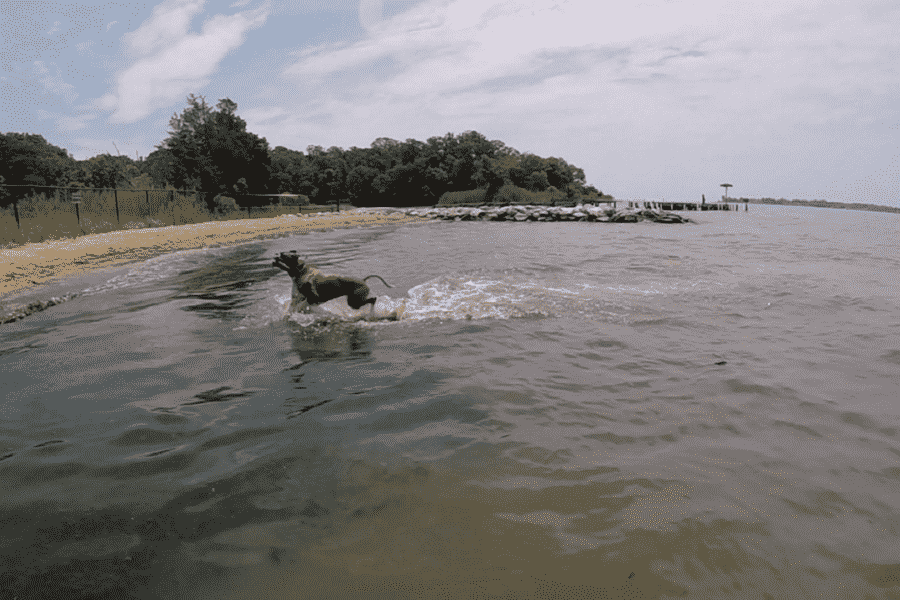
Quiet Waters Park offers a number of activities including hiking, fishing, paddling, and biking. There are six miles of trails that wind through the park. You can enjoy the scenic views of the water while walking through the beautiful grounds.
The park also has two art galleries. These feature local artists and other regional talent. If you are looking for a place to have a picnic, you can use the benches or picnic tables at the park.
The park also has a dog park. You can take your furry friend on the park’s hiking and biking trails. Throughout the year, there are events and concerts in the park. During the winter, the park has ice skating.
Visitors to the park can also participate in the Lights on the Bay holiday light show. This annual event features 70 animated displays and a two-mile scenic drive along the Chesapeake Bay.
Quiet Waters Park is run by the Anne Arundel County Department of Recreation and Parks. Friends of Quiet Waters Park is a nonprofit organization that works to improve the resources of the park. In addition to fundraising, the organization helps improve and maintain the park’s resources and facilities.
The park also has a Bark ‘n’ Bean Dog Wash and Coffee Shop.
Maryland State House
The Maryland State House is the oldest continuously-used legislative building in the United States. It is located in Annapolis, Maryland. This historical building is a part of the National Park Service.
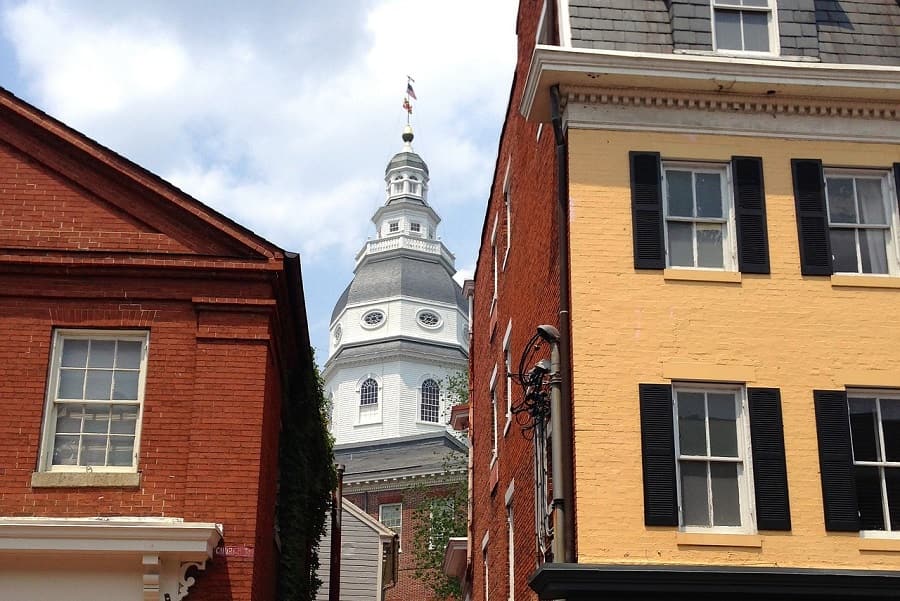
This historic site contains many memorials. A statue of Thurgood Marshall, the first African American Supreme Court Justice, is a prominent landmark. Visitors can also take a self-guided tour.
If you have time, you may want to take a self-guided tour of the State House. Tours are available daily from 8:30 am to 5 pm.
The Maryland State House , a national historic landmark was designated in year1960. Many of its buildings have been restored, and the grounds are lovely. You can find a free visitor’s guide at the office of interpretation.
The House of Delegates is the lower house of the Maryland General Assembly. This chamber is composed of 141 delegates elected from 47 districts. Since 1990, the Democrats have held a majority of the seats.
William Paca House
William Paca House is a beautiful mansion that was built in the 18th century. The home was originally a manor house, but the property was converted to a hotel in 1901. It now houses more than a dozen rooms, a pool, and terraced gardens. You can take a docent-led tour of the home.
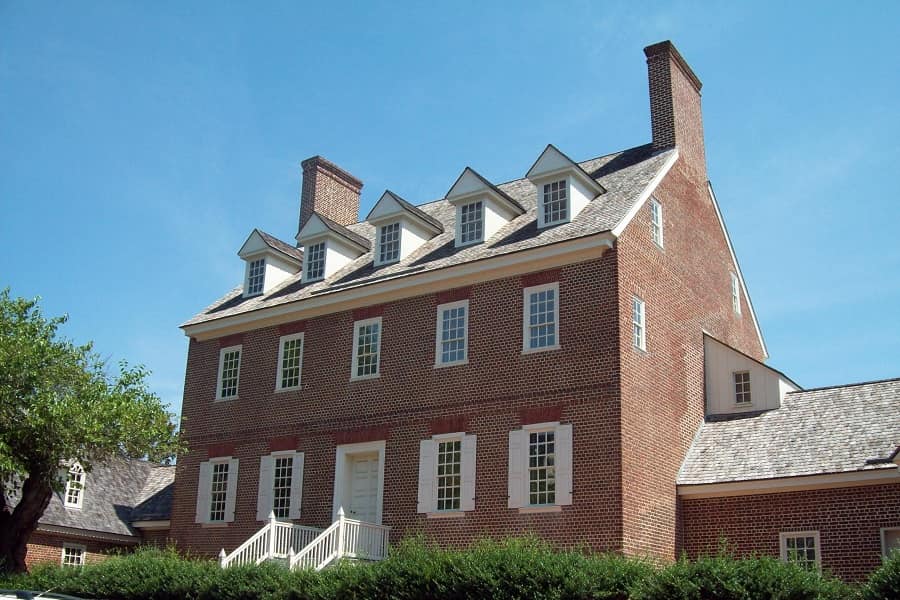
The house has two acres of garden space, which include a medicinal herb garden, parterres, a kitchen garden, a summer house, and a variety of topiaries. Visitors can also walk through the garden on their own.
The William Paca House & Garden is a National Historic Landmark. This two-acre estate is immaculately restored and features a collection of antique furnishings and period art. A docent-led tour of the house and garden is available at different times of the day.
The house and garden are open Monday through Saturday, from 10 a.m. to 5 p.m. (weather permitting). Self-guided tours are available on weekends, but the last entrance is 30 minutes before closing time.
There are special events that can be planned during your visit. These can introduce temporary exhibits and local research. During these events, you can learn more about the local history and national initiatives.
The William Paca House & Gardens are located in the Historic District in Annapolis. You can find many other attractions in the area including the US Naval Academy, Banneker-Douglass Museum, and the Maryland State House.
If you want to see a great example of late colonial architecture, you should visit the historic home in Baltimore. Built in 1774, the home features Rococo-style moldings and carvings.
City Dock
The City Dock is an important part of Annapolis’ history. It is a community hub and commercial district for all community uses. Located at the foot of Duke of Gloucester Street, it offers visitors and residents a wide array of experiences.
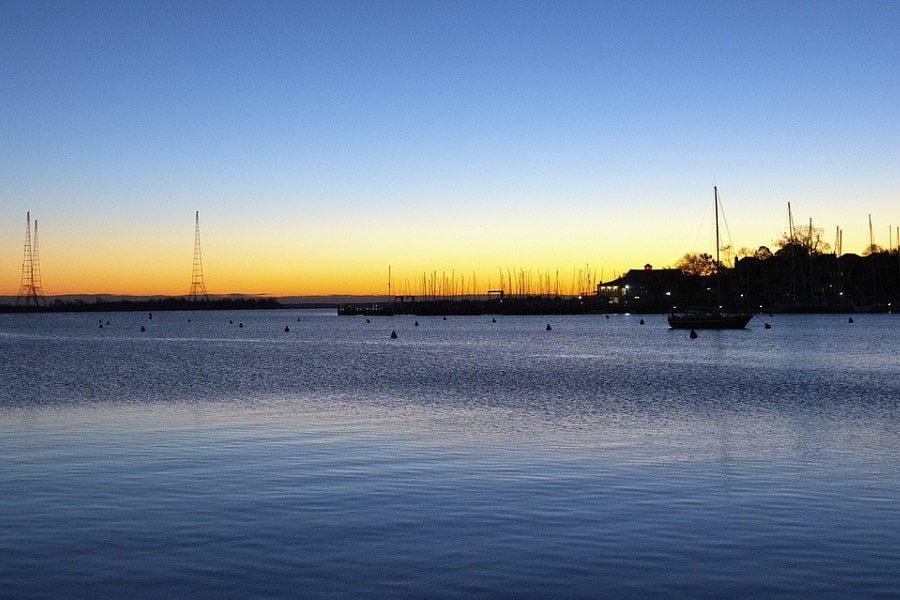
Sea level rise affects the region, and the impacts will continue to increase over a variety of timescales. As such, it is critical that the City Dock be redesigned to include elements that are inviting to both visitors and residents.
To that end, CDAC held numerous meetings and workshops. They reached out to ward one residents, businesses, and elected officials. This effort resulted in a world-class public space for the Annapolis waterfront.
The CDAC is a committee that includes elected city officials and representatives from business and government. They also have strong partnerships with the State, Anne Arundel County, and Historic Annapolis.
Throughout the process, CDAC worked with stakeholders to develop a consensus plan for the City Dock. Their recommendations will guide future investment in the City Dock.
The guiding principles reflect the City’s commitment to economic vitality and historic downtown Annapolis. It also ensures that the redesigned City Dock will enhance the pedestrian experience.
During the community outreach process, CDAC conducted surveys of visitors and local businesses. They interviewed experts and met with business and residential communities. In turn, they developed a detailed set of recommendations for the redesigned City Dock.
One of the highest priorities for the City Dock Action Plan is the Hillman Garage. Designed by renowned architect William Mitchell, the garage will create an essential connection between downtown and the waterfront.
Annapolis Maritime Museum & Park
Annapolis Maritime Museum & Park is located in the last remaining historic oyster packing plant in Annapolis, Maryland. It is dedicated to educating adults and children on the ecology and maritime history of the Chesapeake Bay.
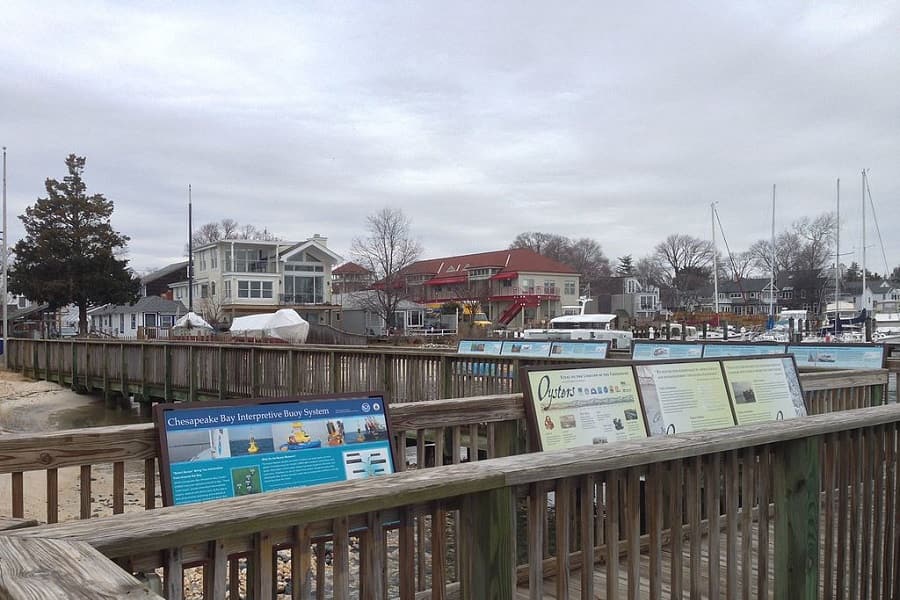
Visitors can explore Annapolis’s rich history on a guided tour or a self-guided tour. The tours take visitors around Annapolis’s historic district, including the U.S. Naval Academy, the National Historic Landmark District, the State Circle and the City Dock. Those who choose to go on a self-guided tour can request a free visitor’s guide from the Office of Interpretation.
Visitors can also view the Maryland World War II Memorial. It honors the 6,454 Marylanders who lost their lives during the war. There are 48 granite pillars etched with the names of the Marylanders who died.
Hammond-Harwood House
Hammond-Harwood House is a landmark that’s been around for over two centuries. Originally built by a wealthy farmer named Matthias Hammond in 1774, it’s now a national historic landmark and an important part of Annapolis history. It’s also home to the Hammond-Harwood House Association, which welcomes thousands of visitors each year.
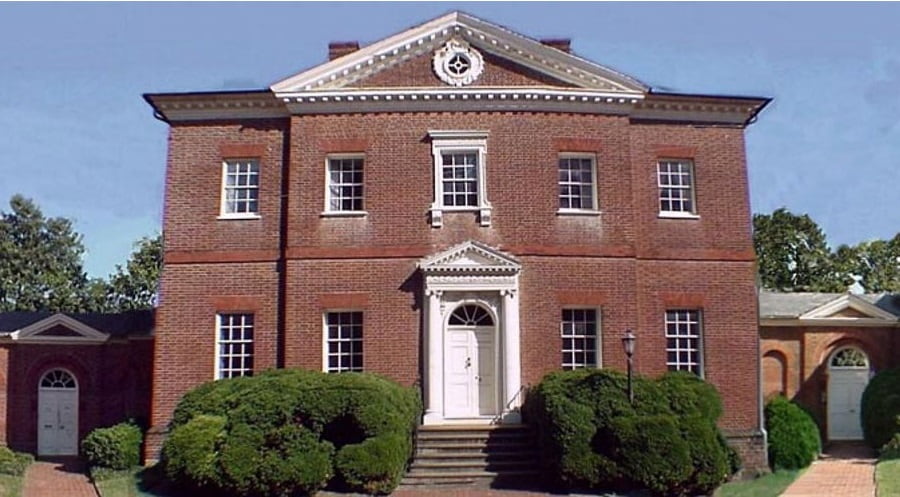
The house is filled with artifacts, including a collection of furniture designed by John Shaw. One of the most impressive features is the doorway, which is said to be the best in Colonial America.
Aside from its impressive displays, the house is the perfect destination for a day of history buffing. The house is a great example of Maryland’s late colonial architecture. Among its many features is a nifty Rococo-style molding.
For the most part, visitors are free to enjoy the property, but there are occasional special events. You might even be in luck and catch a glimpse of the illustrious author of the Roots novel, Alex Haley.
Considering the house’s long history and recent restoration, it’s no surprise that the Hammond-Harwood House is a National Historic Landmark. To commemorate the occasion, the House has a museum on the premises. This includes a museum dedicated to the famous author and the artifacts he left behind.
A short tour isn’t a bad way to learn about the house and its occupants, but to truly appreciate the house’s grandeur, you’ll need to spend some time here yourself. Visitors can make a reservation for an hourlong guided tour. Tours are available at the house at various times throughout the day.
Banneker-Douglass Museum
The Banneker-Douglass Museum is an educational museum about the history of African Americans in Maryland. It is located in a historic church building in Colonial Annapolis, and is named after Frederick Douglass and Benjamin Banneker.
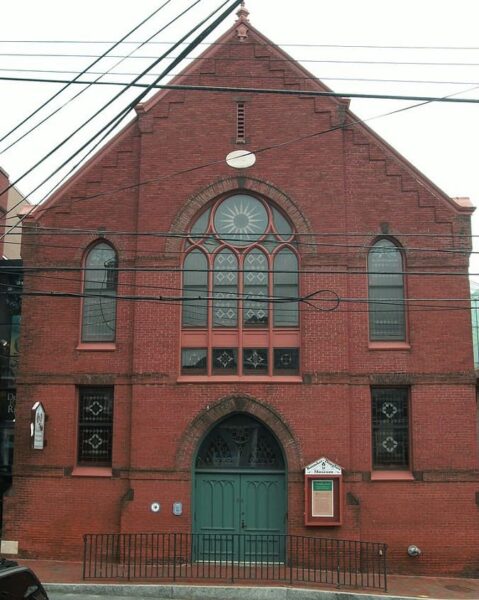
The Banneker-Douglass Museum offers several exhibitions. One exhibit highlights the role of Frederick Douglass. Another exhibit looks at the art of various African tribes. In addition, there are exhibits on local maritime history.
The Banneker-Douglass also has a library. Visitors can also participate in special events to learn more about the history of African-Americans in Maryland. There are special lectures, exhibits and programs offered.
The Banneker-Douglass is open from Tuesday to Sunday. Admission is free. However, visitors can pay a nominal fee to join a guided tour. The museum is also a great place to learn about the life and work of Frederick Douglass.
The Banneker-Douglass features a large collection of artifacts, documents, photographs, and videos. Visitors can also view the 850-gallon aquarium that focuses on the oyster reef ecosystem. There is also a children’s playground and picnic areas.
The Banneker-Douglass museum is located in the historic Mount Moriah A.M.E. Church, and is a prominent part of the Colonial Annapolis Historic District. It is one of the best places to learn about Black history in the state.
Another great place to learn about Black history in the state is the Kunta Kinte-Alex Haley Memorial Park. This is a tribute to the African-American ancestors who settled in Annapolis. Located on the waterfront, the park features sculptures, a story wall and a Compass Rose.

